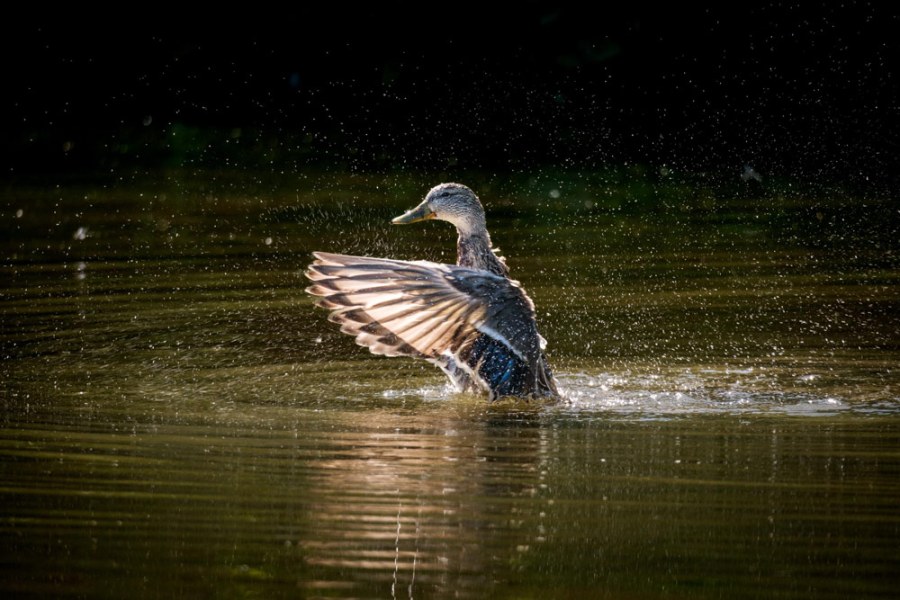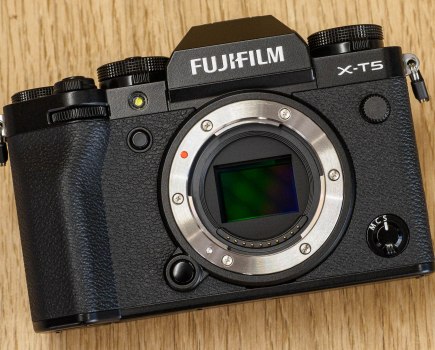In partnership with Fujifilm
Unlock your Fujifilm camera’s full potential with a range of lenses to cover every subject and creative possibility
Thanks to their sleek design, intuitive controls and superb image quality, Fujifilm’s X Series cameras have earned a loyal following, with many photographers buying their first model with a kit lens.
Be it the excellent XF16-50mm F2.8-4.8 R LM WR, the older XF18-55mm F2.8-4 R LM OIS or the compact XC15-45mm F3.5-5.6 OIS PZ, a kit lens is a great way to get started with photography as it offers a versatile focal length range that covers most day-to-day shooting scenarios.
However, as photographers grow in experience and start to explore different types of photography, you might be wanting to try more than the kit lens. Expanding your lens collection can unlock new creative possibilities and improve your images in a range of situations.
In this article, we’ll explore why Fujifilm X Series photographers might want to consider expanding their lens range, looking at the advantages of adding wide-angle, telephoto, prime and macro lenses to their setup.
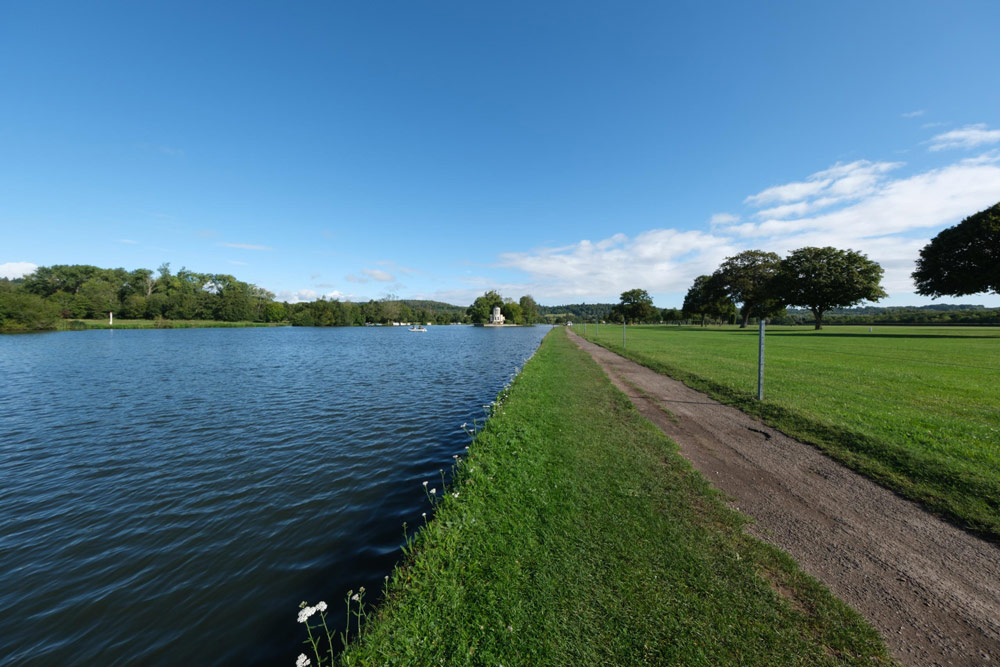

Going beyond the kit lens
While a kit lens focal length covers many general shooting needs, whether you’re shooting landscapes, portraits, fast-moving subjects or small details, a more specialised lens could really benefit your photography.
For instance, an 18mm focal length (equivalent to 27mm in 35mm film terms) is wide, but it’s not ultra-wide, which can be limiting for landscape, indoor and architecture photography.
At the other end of the spectrum, 50mm or 55mm (75mm or 82.5mm equivalent) gives you moderate telephoto reach, but wildlife or sports photography often require something longer. And while that focal length is ideal for portrait photography, a wider aperture enables you to blur background more and use fast shutter speeds without pushing up the ISO value.
Wide-angle lenses: expanding your view
A dedicated wide-angle lens can be a game-changer for landscape, architecture and interior photography. Going wider than the 15, 16 or 18mm of the kit lens, the Fujifilm XF10-24mm f/4 R OIS, for example (below), allows you to capture a much broader field of view, making it easier to fit more into your frame without having to step back.
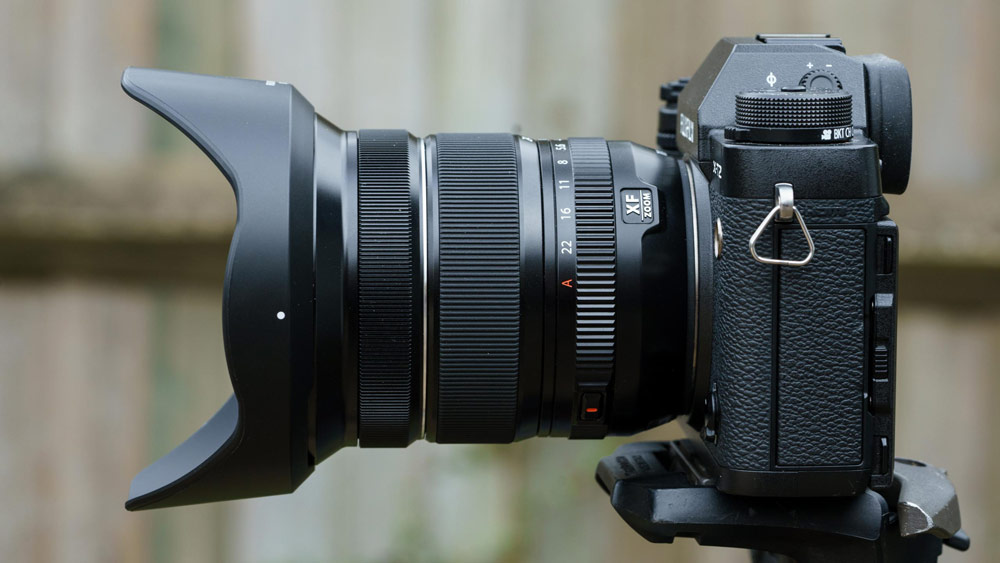
With a wider lens, you can create more dynamic compositions, emphasise foreground elements, and give your images a greater sense of depth and scale. A short focal length lens also enables you capture the scene in tight spaces, such as small rooms or busy city streets – where stepping back isn’t an option.
In addition, wide-angle lenses are excellent for creating exaggerated perspectives and conversing vertical, which can add an element of drama to your shots. If you want to go really wide, there’s the XF8-16mm f2.8 R LM WR and XF 8mm f3.5 R WR for even more dramatic results.
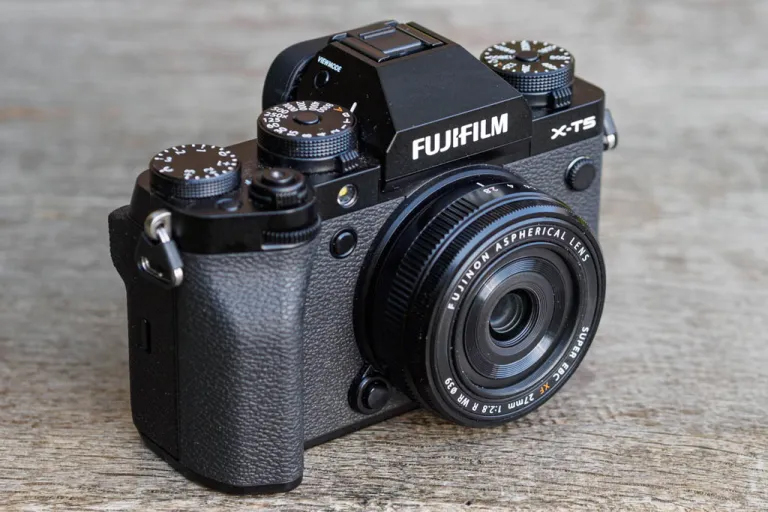
Telephoto lenses: bringing distant subjects closer
If you want to get into wildlife or sports photography, a telephoto lens is an essential addition to your kit. It lets you frame distant subjects more tightly than the lens that came with your camera. A lens like the Fujifilm XF50-140mm f/2.8 R LM OIS WR offers a far greater reach and a large, constant aperture, making it ideal for capturing detailed shots of wildlife or athletes in action.
Its wide aperture is also handy because you can push the shutter speed up to freeze subject movement without having to use a high ISO setting.
There’s also the excellent XF100-400mm f/4.5-f/5.6 R LR OIS WR and XF150-600mm f/5.6-f/8 R LM OIS WR, which let you get even closer, making them perfect for photographing timid creatures like deer or wild birds.
Helpfully, all three lenses are compatible with Fujifilm’s XF1.4x TC WR and XF2x TC WR teleconverters, enabling their focal length ranges to be multiplied by 1.4x or 2x. That means the XF 150-600mm f/5.6-f/8 R LM OIS WR lens can be turned into a 300-1200mm lens, that’s equivalent to a 450-1800mm lens on a full-frame camera!

Fujifilm also offers more compact telephoto lens options, such as the XF55-200mm f/3.5-4.8 R LM OIS. While not having the wide aperture of the XF50-140mm f/2.8 R LM OIS WR, it provides excellent reach in a smaller package, making it a great choice for travel or everyday photography. It’s an especially nice pairing with small cameras like the X-T50.
Another advantage of a telephoto lens is the ability to isolate your subject. By zooming in, you get shallower depth of field than with a shorter focal length lens. This makes your subject stand out against a beautifully blurred background and it’s a great way of making more impactful images.
Prime lenses: optimum quality and creative control
Prime lenses have a fixed focal length and are renowned for their optical quality and large maximum apertures. While zoom lenses like the XF16-80mm F4 R OIS WR offer flexibility for framing subjects, prime lenses are often sharper, faster (ie have a wider maximum aperture) and better in low-light conditions.
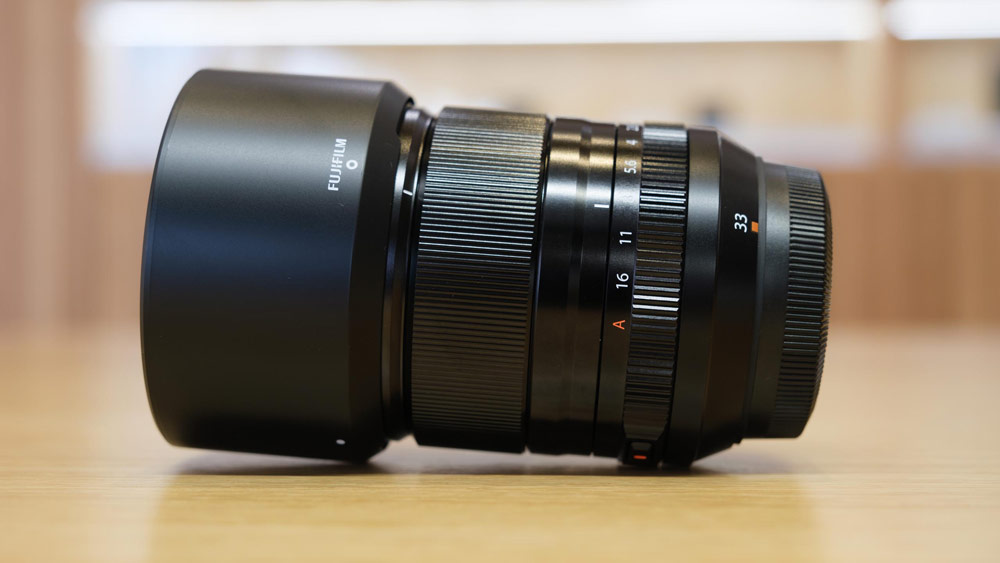
For example, the Fujifilm 33mm f1.4 R LM WR is a popular prime lens among X Series shooters. Its ‘fast’ f/1.4 aperture allows for fantastic low-light performance while its sharpness is superior to most zoom lenses. It’s also a great lens for achieving shallow depth of field and beautiful background blur, making it an excellent choice for portraiture and street photography.
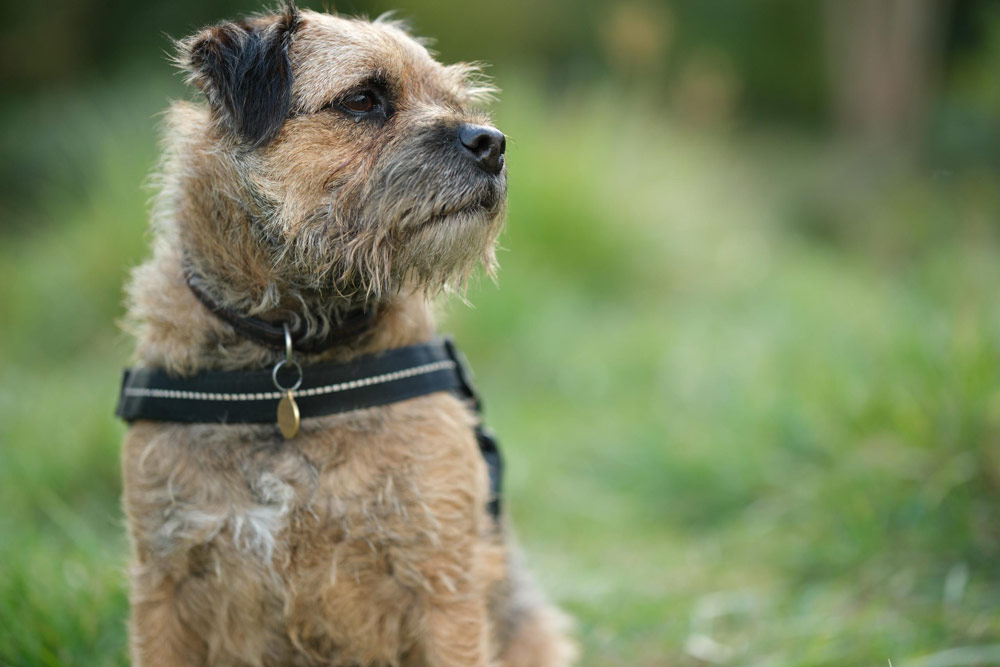
Photographers looking to upgrade their portrait photography should also consider a lens like the XF56mm f1.2 R WR. It has an effective focal length of 84mm, which gives a very flattering perspective.
Furthermore, its wide aperture delivers super-soft backgrounds to make the subject stand out from their surroundings and blur messy backgrounds. And, of course, it’s also great for shooting in low-light, which makes it perfect for indoor portrait photography in natural light.
Prime lenses also encourage a different style of shooting from zoom lenses. With a fixed focal length, you’re forced to move around more to find the right composition, which can lead to more thoughtful, creative framing. Many photographers find this restriction liberating, as it encourages them to think more about each shot rather than simply zooming in and out.
Macro lenses: making a big deal out of small subjects
A macro lens lets you focus closer to a subject than a standard lens so it’s a fantastic tool for anyone interested in capturing fine details and the smaller things in life. Macro lenses open up a whole new world of photography, allowing you to explore textures, patterns and the intricate beauty of things we often miss with the naked eye. They’re a popular choice for photographing flowers, insects or everyday objects.

Fujifilm currently offers three macro lenses, the XF30mm f2.8 R LM WR Macro, XF60mm f2.4 R Macro and XF80mm f2.8 R LM OIS WR Macro.
The Fujifilm XF30mm f2.8 R LM WR Macro is a great choice of macro lens because, as well as giving life-size reproduction at its closest focusing point, it’s small and light, has a large maximum aperture of f/2.8 and doubles as an excellent ‘standard’ lens for a wide range of photography.
However, that closest focusing point is just 10cm from the camera’s sensor, so some photographers prefer to opt for the XF80mm f2.8 R LM OIS WR Macro which gives more than double the working distance with a closest focusing point of 25cm and 1:1 reproduction. That extra distance is especially useful if you need to use additional lighting or you’re photographing subjects that might appreciate more personal space. Meanwhile, the more affordable XF60mm f2.4 R Macro has closest focusing point of 26.7cm and gives half life-size reproduction.
Building a lens collection
Ultimately, the decision to expand your lens collection comes down to your personal photography style and the types of subjects you enjoy capturing. If you’re primarily a landscape photographer, investing in a high-quality wide-angle lens will make a world of difference. On the other hand, if you love wildlife or sports photography, a telephoto lens will open up new possibilities.
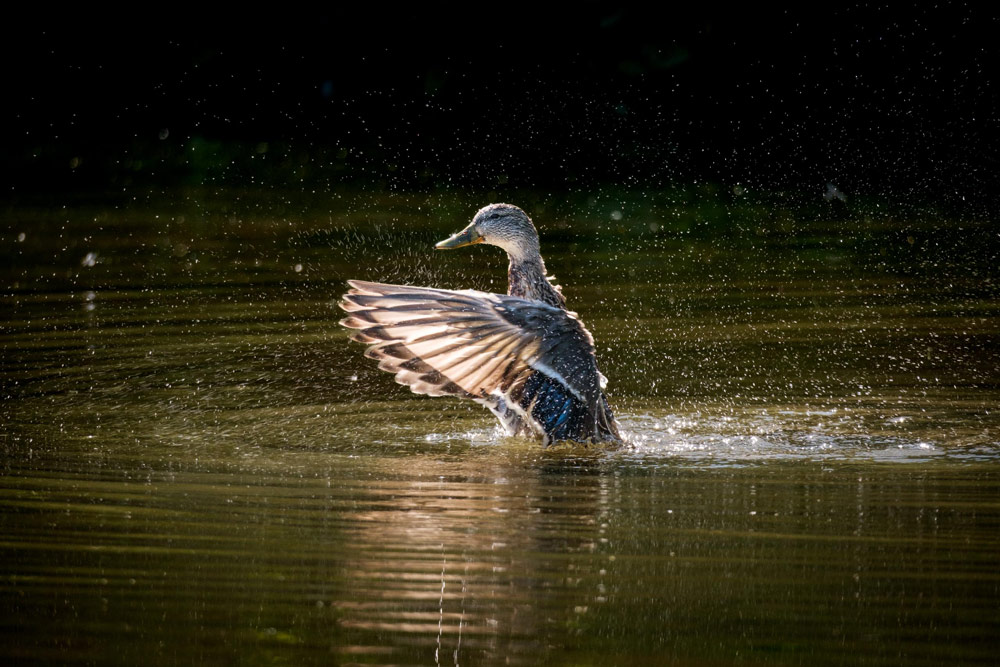
Prime lenses offer unbeatable image quality and creative control, making them a worthy investment for photographers who value optical excellence or wide apertures. And if you want to explore the fascinating world of close-up photography, a macro lens will take your work to a whole new level.
By stepping beyond a kit lens, you’ll expand your creative horizons, allowing you to capture the world in new and exciting ways.

